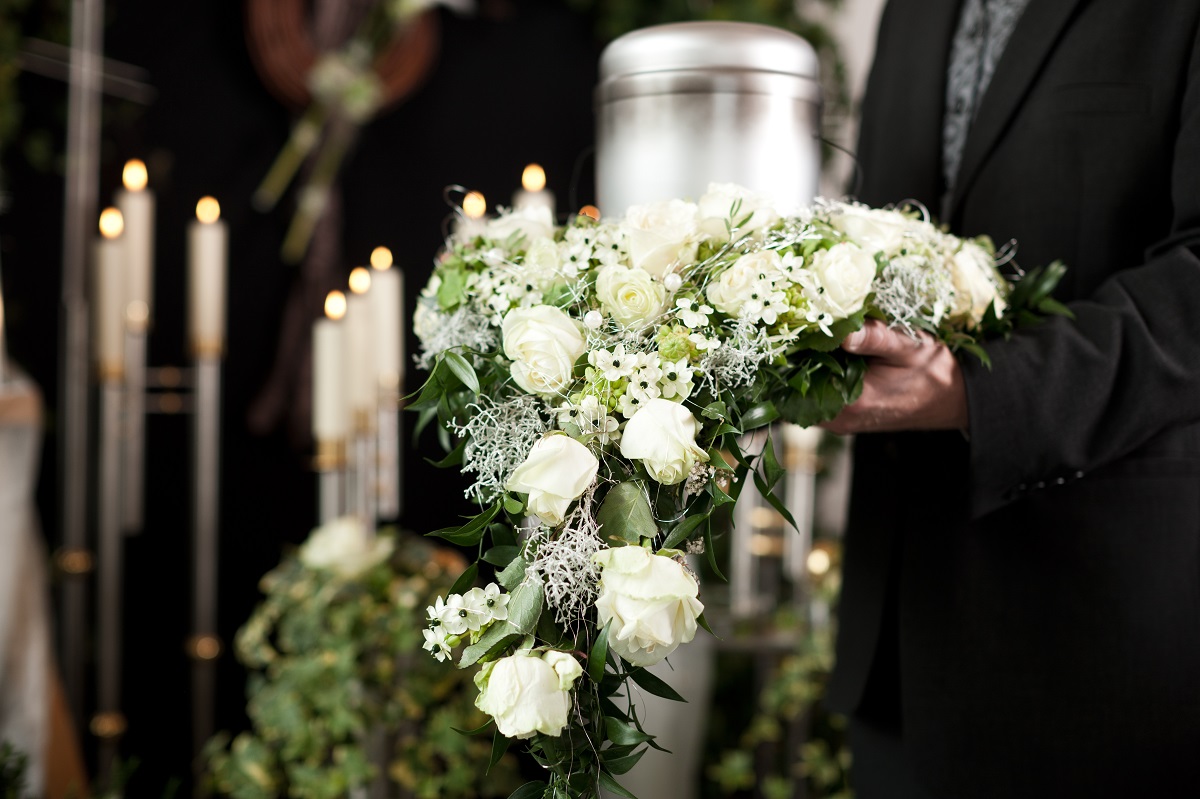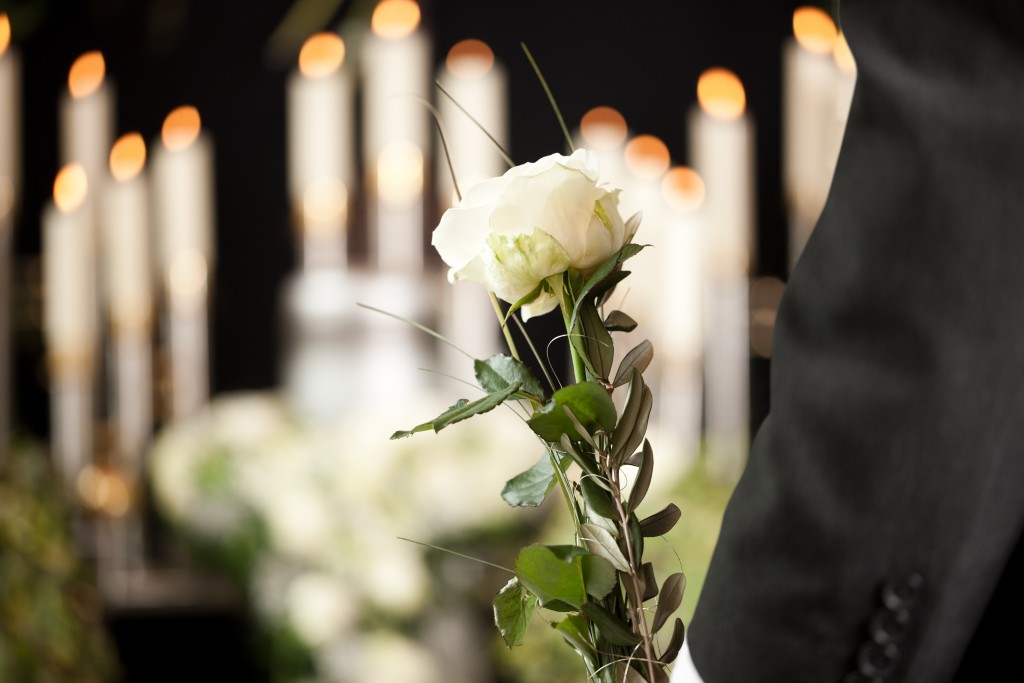In 2019, there were over 58 million deaths worldwide. Some were cremated, while others were buried in the ground along with several pounds of wood, steel, and hazardous embalming fluid.
While death is a natural occurrence, burials do come with environmental consequences. Decay products and toxins from radiotherapy and chemotherapy drugs will inevitably seep into the soil and groundwater, causing a range of health and environmental risks.
But that’s not only the issue associated with traditional burials. In the UK, cemeteries and graveyards are becoming too crowded. A local authority study suggests that without necessary precautions, the country would run out of burial space within the next 20 years.
In turn, scarcity of burial spaces forces prices to go up. Research shows that a basic burial in the UK costs approximately £4,267, with prices often increasing by 6% annually for the past 14 years. Cremations, on the other hand, can cost around £1,000.
With the increasing financial and environmental toll brought by traditional funerals, the bereavement industry is challenged to discover simpler, more cost-effective ways of laying their loved ones to rest. From replacing metal coffins with shrouds to recycling land for burial purposes, more cemeteries have been offering natural burials and eco-friendly deceased management plans to help clients reduce their carbon footprint.
What makes a burial green?
In 1993, Ken West, the then manager of Carlisle Cemetery, introduced the first eco-burial area in the UK. However, it did not receive much attention from the public then.
Twenty-six years later, there are more than 370 natural burial grounds throughout the country. Woods, farmland, coastal trails and wild meadows have been converted into scenic, eco-friendly resting places for the dearly departed.
In a natural burial, expensive coffins are exchanged for silk shrouds and simpler biodegradable caskets. The use of headstones, concrete vaults, and graveside memorabilia are minimised or entirely prohibited to ensure burial grounds remain 100% natural habitats. In addition, bodies do not undergo embalming to keep the soil and groundwater safe from chemicals. Families of the deceased may also opt for plant-based embalming fluids, eliminating the toxicity embalmers are usually exposed to.
A growing business

Natural burials do not just benefit the planet, but also death care providers and their patrons.
Customers these days are looking at businesses that embrace sustainability and purpose. They turn to brands that recognise and act on their corporate social responsibilities. We also have customers who prefer to bury their deceased loved ones in affordable seagrass coffins or exchange traditional lilies for recycled paper bouquets.
In addition, green burials can reduce the costs of traditional caskets, embalming, and body preparation.
Across the bereavement industry, funeral homes are expanding their products to include greener options. Cemeteries have begun offering woven coffins, biodegradable clothing, and energy-saving fleet systems. Local authorities can also take advantage of green construction and remodeling for their cemeteries and crematoria. Offering green burials allows councils and firms to attract environmentally conscious customers and gain a competitive advantage.
In today’s busy world, green burials encourage people to embrace simplicity and sustainability. But natural burials go beyond not polluting or wasting. Ultimately, they allow people to honor the natural cycle of life and death.
